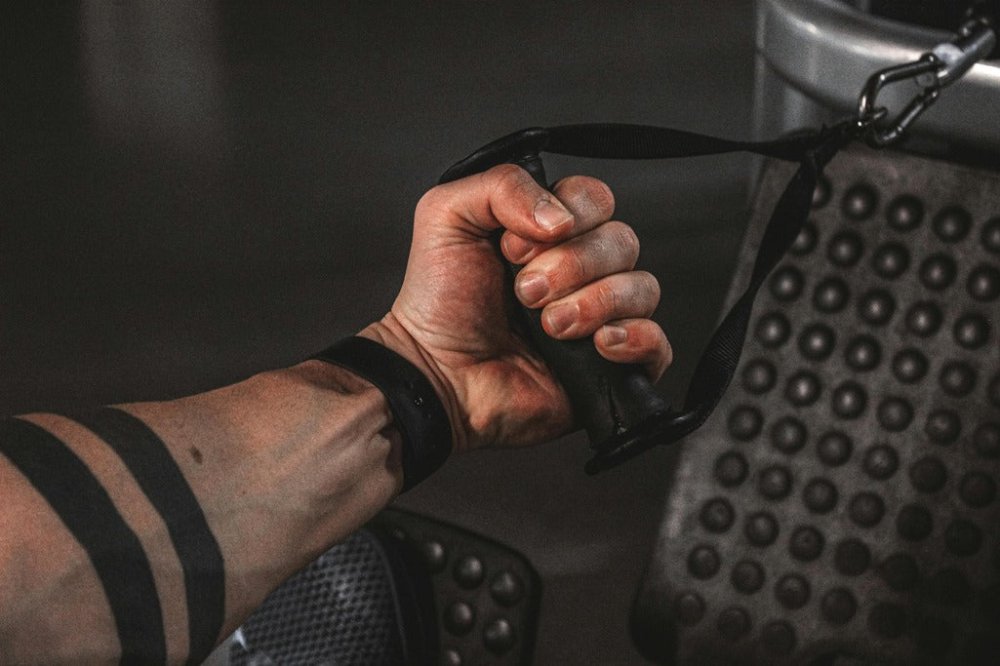A broken forearm can slow down everything, from your workouts to daily tasks like typing or lifting a cup.
Understanding the forearm fracture healing time and what you can do to recover safely helps you rebuild strength faster and avoid long-term stiffness or weakness.
How Long Does It Take for a Broken Forearm to Heal?
On average, forearm fractures heal within 6 to 12 weeks.
But healing isn’t just about the bone fusing, it’s about regaining motion, coordination, and grip control.
Here’s what influences recovery time:
- Fracture type: Simple fractures heal faster; displaced or open fractures can take longer.
- Surgery: Plates or screws typically extend recovery by 2–4 weeks.
- Age: Younger bones remodel faster; older adults may need additional rehab.
- Health & lifestyle: Smoking, poor diet, and low activity slow bone regeneration.
Even when the bone is “healed” on an X-ray, your muscles, ligaments, and tendons still need focused work to regain balance and function.
Forearm Fracture Recovery Timeline

Here’s a general look at the broken forearm recovery stages:
1. Immobilization (Weeks 0–4)
Your arm is in a cast or splint to allow the bone to set. You’ll need to keep swelling down and avoid lifting anything heavy.
2. Early Mobility (Weeks 4–8)
After your cast comes off, stiffness sets in. Gentle forearm rehabilitation exercises start here, usually guided by a physical therapist.
3. Strengthening Phase (Weeks 8–12)
Bones are healing, but your wrist and forearm muscles will be weak. Controlled grip and rotation exercises help regain endurance.
4. Return to Full Activity (3+ Months)
Once your doctor clears you, you can slowly return to sports, gym training, or manual work.
Signs Your Forearm Fracture Is Healing
- Swelling and bruising fade.
- Pain lessens with daily use.
- You can move your wrist and fingers more freely.
- You feel a stable grip without sharp discomfort.
Persistent pain, numbness, or clicking may signal delayed healing. Get reassessed if your forearm hurt.
Factors That Affect Broken Forearm Healing Time
- Blood flow: Motion improves circulation, which accelerates tissue repair.
- Nutrition: Bones crave calcium, protein, and vitamin D. Add fish, eggs, leafy greens, and dairy.
- Sleep: Bone-building hormones peak during deep sleep.
- Lifestyle: Avoid nicotine and excessive caffeine; both weaken bone density.
Small habits compound. Even gentle squeezing or rotation drills improve recovery speed when done daily.
Exercises After a Broken Forearm
Once your doctor gives the go-ahead, focus on low-impact, controlled movements. These exercises improve circulation, flexibility, and grip without stressing the bone.
Wrist Flexion and Extension
Rest your forearm on a table, palm hanging over the edge. Slowly move your wrist up and down.
- Reps: 10–15 each direction
- Goal: restore range of motion
Finger Squeezes
 Use a soft stress ball or Gripzilla Gripper Rings. Squeeze gently for 3–5 seconds and release.
Use a soft stress ball or Gripzilla Gripper Rings. Squeeze gently for 3–5 seconds and release.
- Targets: forearm flexors, finger tendons
- Best for: rebuilding basic hand strength
Rotational Movements (Pronation & Supination)

Use Gripzilla Tornado and slowly twist your wrist palm-up to palm-down.
- Goal: strengthen rotational muscles, crucial for daily motion
- Bonus: the Tornado’s adjustable resistance lets you progress safely
Isometric Grip Holds
 Squeeze a Gripzilla Hand Gripper at 50–70% effort for 10 seconds. Relax and repeat.
Squeeze a Gripzilla Hand Gripper at 50–70% effort for 10 seconds. Relax and repeat.
- Builds endurance without overloading joints
Wrist Roller or Dynamo Device
Use the Gripzilla Dynamo to perform slow wrist rolls. This mimics natural movement and improves blood flow, helping prevent stiffness.
The Takeaway
Broken forearm healing time averages 6–12 weeks, but full recovery is about muscle balance, not just bone fusion.
The smartest approach blends medical care with functional training that restores movement, coordination, and power.
Gripzilla tools, the Tornado, Dynamo, Gripper Rings, and Hand Grippers give you that bridge between therapy and strength training.
Start light, stay consistent, and within weeks you’ll feel your control, grip, and confidence return stronger than before.
FAQs
How long does a broken forearm take to heal after surgery?
Roughly 10–14 weeks; surgical hardware stabilizes the bone but soft tissues take longer to adapt.
Why does my wrist hurt after cast removal?
Joint stiffness and tendon shortening are common. Regular mobility drills restore glide.
When can I return to the gym?
Most can begin light lifting at 12 weeks, focusing first on controlled movements (curls, grip squeezes, and rotations).
Can grip training tools help rehabilitation?
Yes. Adjustable tools like the Gripzilla Tornado and Dynamo allow low-impact motion that strengthens without strain, unlike free weights which overload fragile joints.



